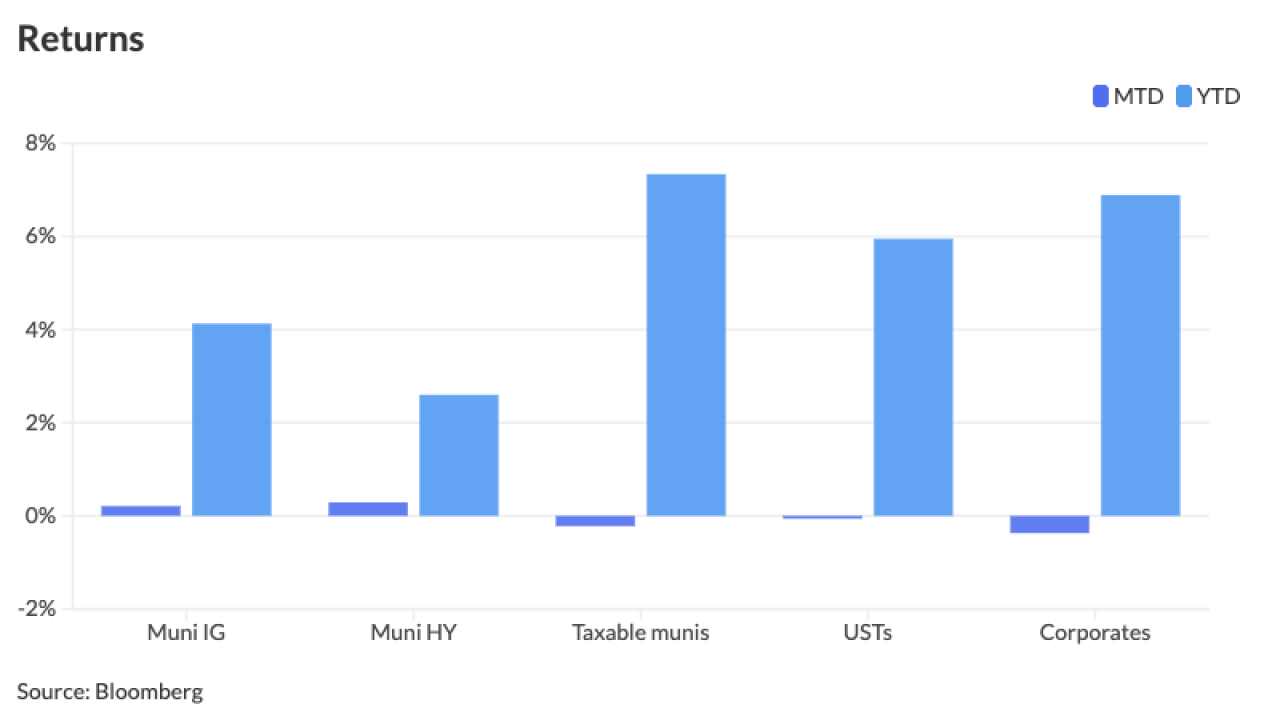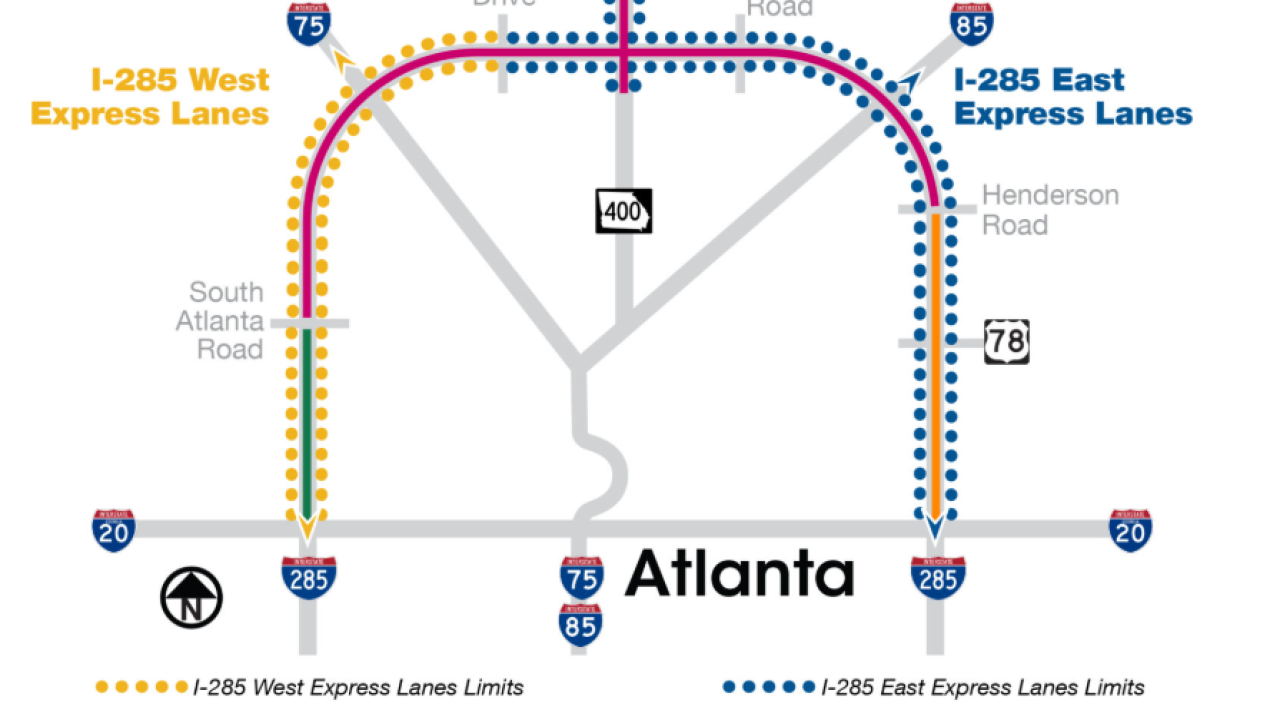Though Los Angeles has faced criticism from Black Lives Matter advocates for not further cutting its police budget, the city, like many others in California, is investigating the possibility of making vast changes to its police department.
As the state, and other cities across the country contemplate reducing the use of police to respond to mental illness calls in favor of social workers and medics, it could result in reduced pension and salary costs by shifting away from police hiring to bringing on more mental health workers.
The California Legislature and many of the state’s cities are looking to a program created in Eugene, Oregon in 1989 as they contemplate police reform demanded by the Black Lives Matter protests.
Sen. Nancy Skinner, D-Berkeley, introduced Senate Bill 773 on June 30, legislation that would give California’s existing 911 advisory board the power to recommend changes to local 911 systems in the hope of shifting calls better handled by social workers and mental health workers away from law enforcement.
“It’s time to reimagine policing and how we respond to community needs.” Skinner said. “SB 773 will reform our 911 system so that law enforcement is not responding to the type of calls that make much more sense to dispatch a social service professional.”

CAHOOTS, the Crisis Assistance Helping Out on the Streets, program shifted non-violent 911 calls from police to medics and social workers, who work for the nonprofit White Bird Clinic.
The White Bird Clinic, integrated into the city’s public-safety infrastructure, dispatches a medic and crisis worker to respond to non-criminal crises involving people experiencing mental illness, substance abuse and homelessness.
Last year, CAHOOTS handled 18% of the 133,000 calls to 911, and only needed police backup on 150 of those calls, according to Skinner.
People with serious mental illness account for just 3% to 5% of violent acts, but they are more than 10 times as likely to be victims of violent crime, according to the U.S. Department of Health and Human Services.
“Since social and mental health workers have lower total compensation than sworn police officers, the shift could create overall budgetary savings if overall headcounts remain the same,” said Marc Joffe, a senior policy analyst for the Reason Foundation.
It could result in it taking longer for public safety pension plans to pay down unfunded liabilities, however, because their contribution base may shrink as the number of police officers on the payroll shrinks, Joffe said.
He added, however, that the Reason Foundation has not come to any firm conclusions about the pension/budgetary impact of the sort of police reforms being contemplated in California.
Given that, none of the cities have discussed laying off police officers, and are instead talking about handling force reductions through attrition, said Michael Sweet, a partner with Fox Rothschild LLP. Sweet he “doesn’t see any boogie man out there on the pension side.”
Pension programs for non-police civil servants tend to be less rich, so the cities could end up benefiting from lowered pension costs, said Sweet, a bankruptcy attorney, who worked on the Stockton bankruptcy.
The discussion has centered more around a different kind of hiring, such as bringing on homeless advocates or mental health workers.
It could result in reducing pension costs, because these will “be new employees covered under a modified pension system that came away in 2010, 2011 and 2012,” Sweet said.
Both police and fire costs were issues in the San Bernardino, Vallejo and Stockton bankruptcies, as public safety services tend to be a significant portion of city budgets. In San Bernardino, the bankruptcy resulted in a charter change that disconnected police salaries from language that required police officers to be paid in line with what the five largest cities pay for police salaries; and fire services were outsourced to San Bernardino County.
Many large cities, including Los Angeles, launched pension reform efforts to deal with looming liabilities following the 2008 recession. Led by then Los Angeles Mayor Antonio Villaraigosa, the city required employees to contribute more to pensions, and raised the retirement age for city employees.
An issue for many California cities has been the rising salaries and a pension structure set in place in the 1990s that has allowed many civil servants to retire at age 55 with full pensions, combined with pension "spiking." Spiking refers to the practice of inflating retiree benefits by granting employees large raises and bonuses immediately before retirement, and then calculating their pension benefit based on the increased compensation.
As cities walked through the slow recovery following the 2008 Great Recession, concern shifted from how many would declare bankruptcy to what has been termed “service-level insolvency.” That refers to a situation in which cities aren’t in bankruptcy, but struggle to provide basic services that residents expect from government as taxes continue to rise.
Los Angeles spends $3 billion annually on LAPD including pensions and other expenses.
The Los Angeles City Council voted during budget negotiations to reduce the LAPD down to 9,757 officers by next summer, a staffing level not experienced in the city since 2008. The $150 million cuts pushed by Councilman Curren D. Price Jr. will be earmarked for programs aimed at Black, Latino and disenfranchised communities for such programs as youth hiring.
“We've been put to the test to disrupt the status quo and be creative and intentional in our actions,” Price tweeted following the vote.
Council President Nury Martinez and Councilman Herb Wesson also authored a resolution that asked city policy analysts to produce a report on how a CAHOOTS-style program would work in the city.
Martinez said during budget hearings that cutting police funding is an effort to “slowly dismantle those systems designed to harm people of color.”
Though supporters of Black Lives Matter wanted the city to reduce the $3 billion budget by 90%, the council agreed to shave $150 million from this year’s budget.
Los Angeles Mayor Eric Garcetti had shifted course from his budget introduced in April where he proposed a 7% increase to the police budget, while proposing furloughs for other city departments. Garcetti joined Martinez in calling for the $150 million cut to the police department after protests broke out in the city over police brutality and the death of George Floyd in Minneapolis.
Garcetti also directed $250 million of the city’s $1.8 billion budget to jobs programs and health initiatives to serve communities of color. The $150 million cut from the police department would go toward those efforts.
Under the proposal, LAPD would hire only half as many officers as are needed to replace those who are track to resign or retire.
The committee’s plan would also cut tens of millions of dollars in overtime pay from next year’s budget, which begins July 1. It would use some of the savings to delay Garcetti’s plan for putting nearly 16,000 civilian city workers on furloughs, allowing those employees to avoid pay cuts of 10% for three months.
Councilman Paul Krekorian, who heads the budget and finance committee, countered comments by police reduction advocates during budget hearings saying backers of a so-called People’s Budget didn’t remember the years when the “murder rate was much, much higher.”
He also suggested that if it was put to a vote on the ballot, supporters of the People’s Budget would be surprised to find the elimination of the city’s police force would not pass in any region of the city.
Skinner’s bill, currently in the Assembly Rules Committee, doesn’t address the potential cost to cities and counties of changing how law enforcement operates.
Skinner used the Senate’s gut and amend process to alter the original SB 773 – a housing bill introduced in January to alter land use policies to allow for accessory dwelling units. The bill has been amended into its current version aimed at transforming the use of police in the state.
Her bill, which would take effect June 1, 2021, would revise the membership on the advisory board by eliminating a member of the California Police Chiefs Association, and a member from the California State Sheriffs’ Association, in favor of adding a representative from the California Welfare Directors Association, one county public guardian, and one county mental health professional.





